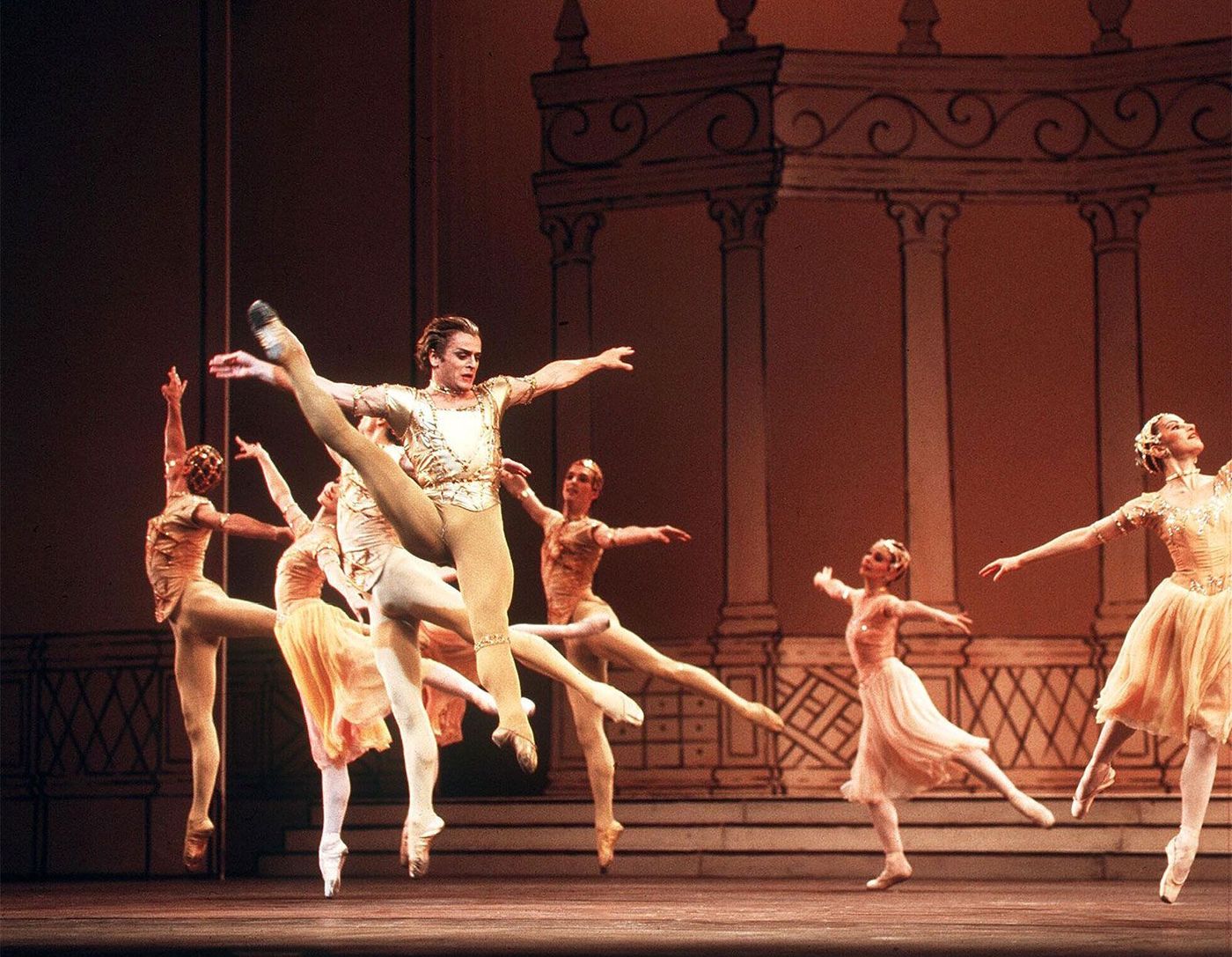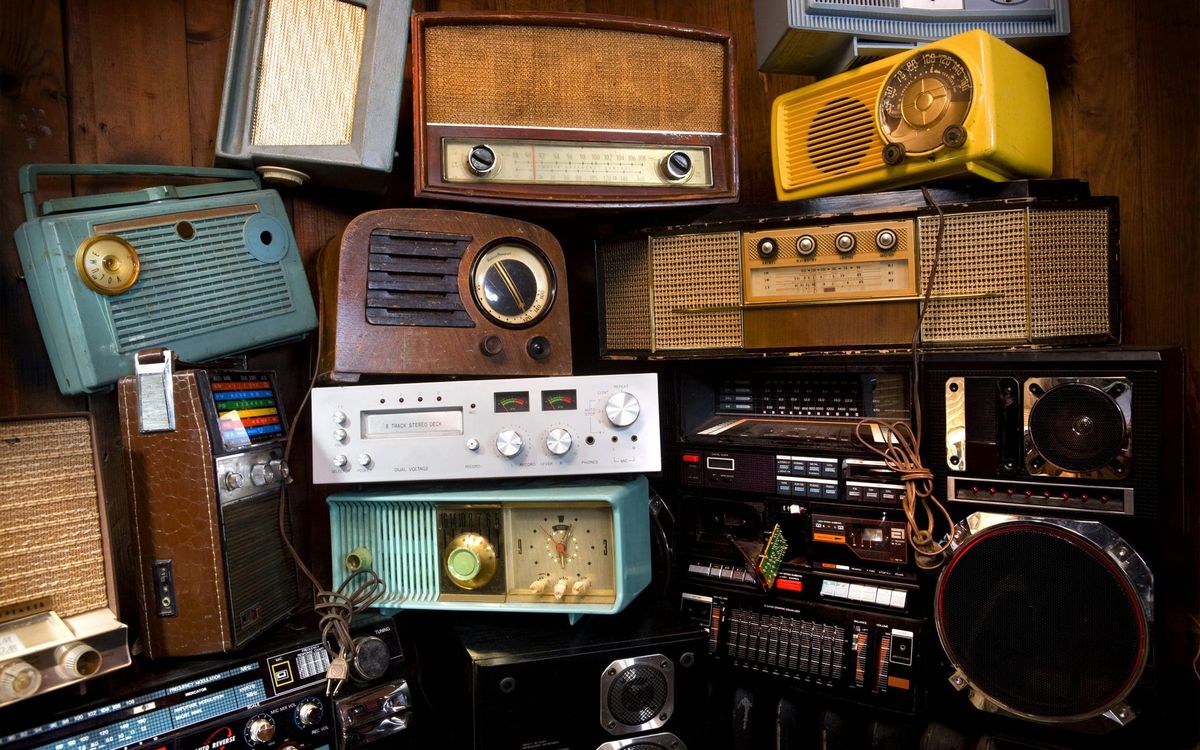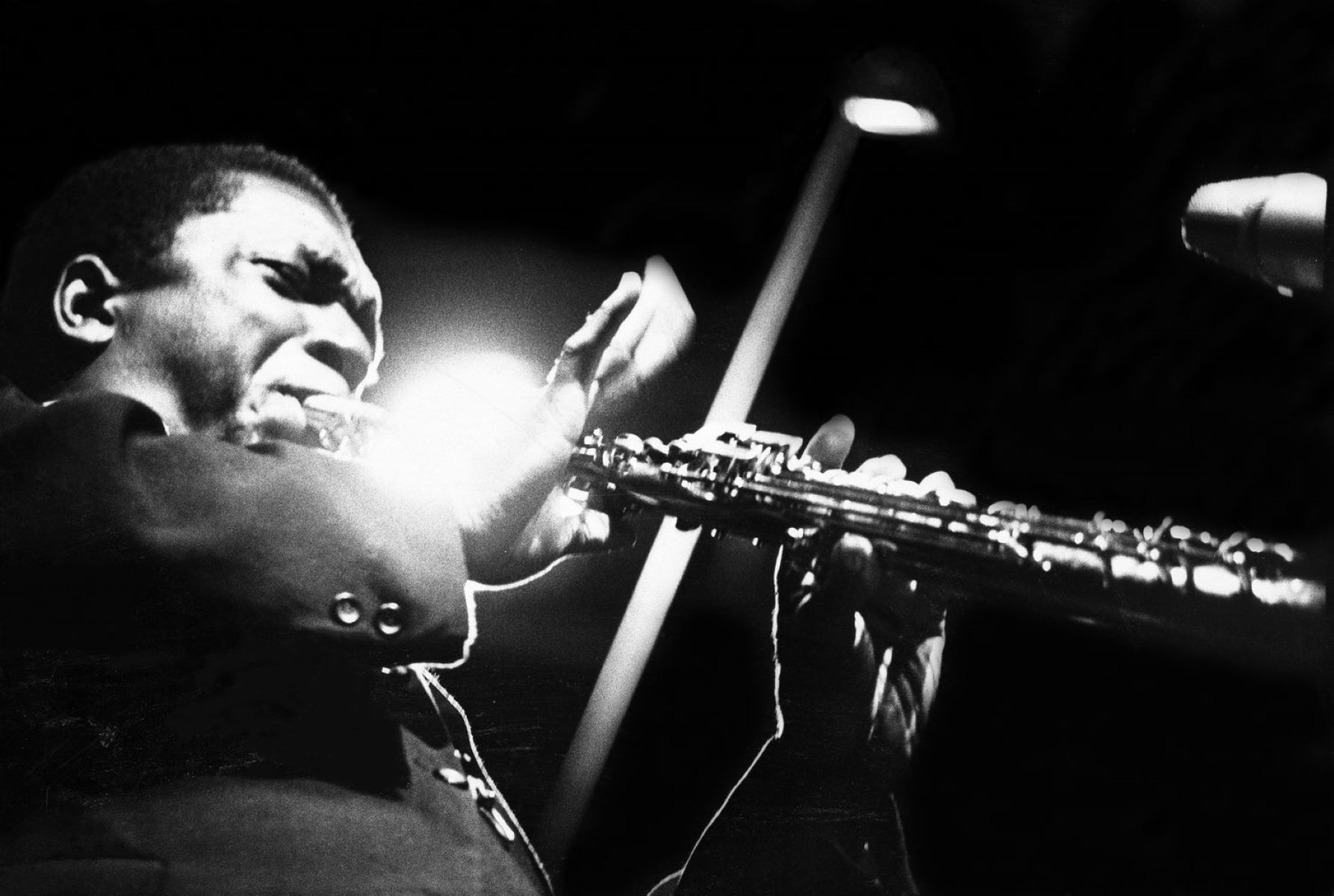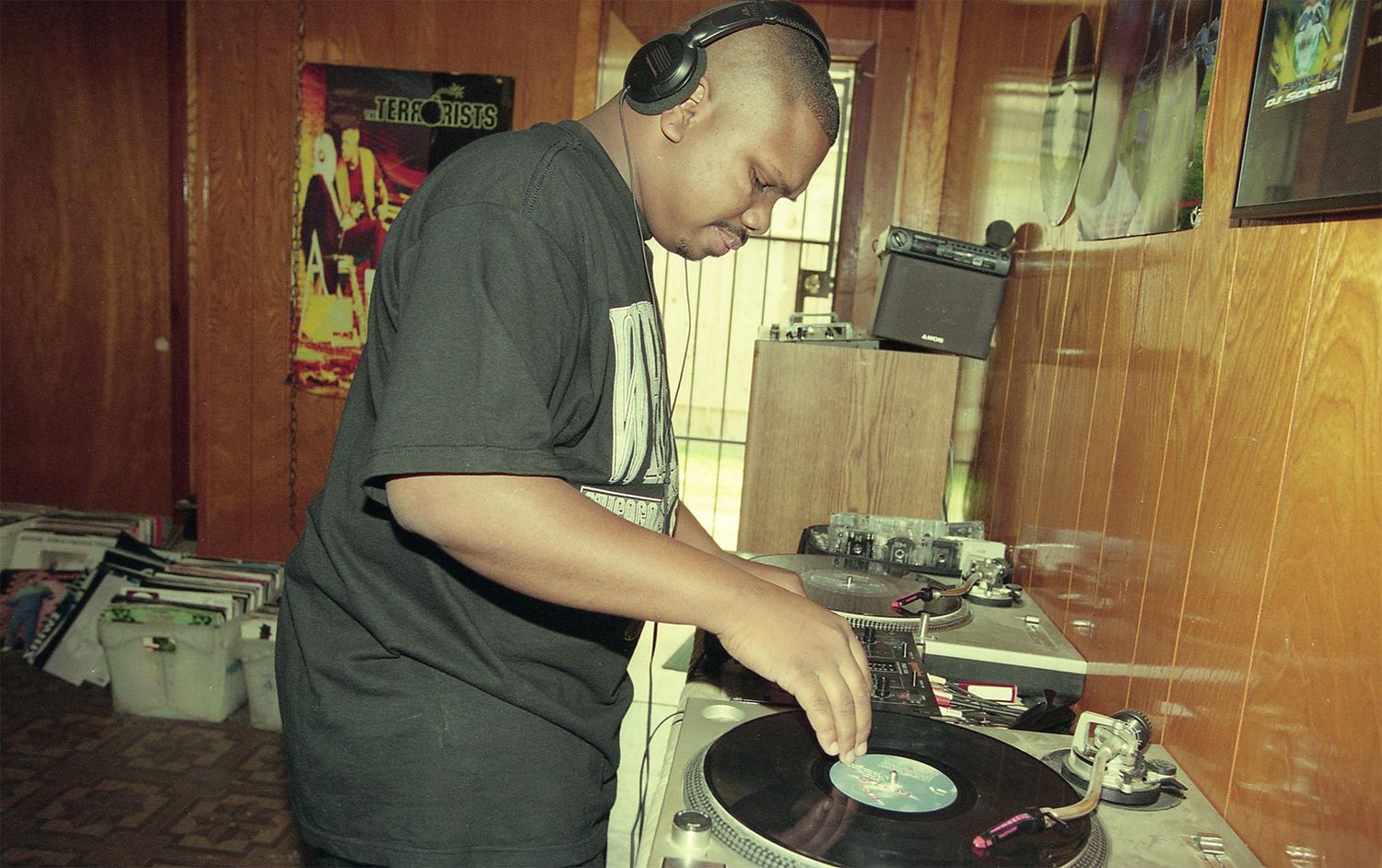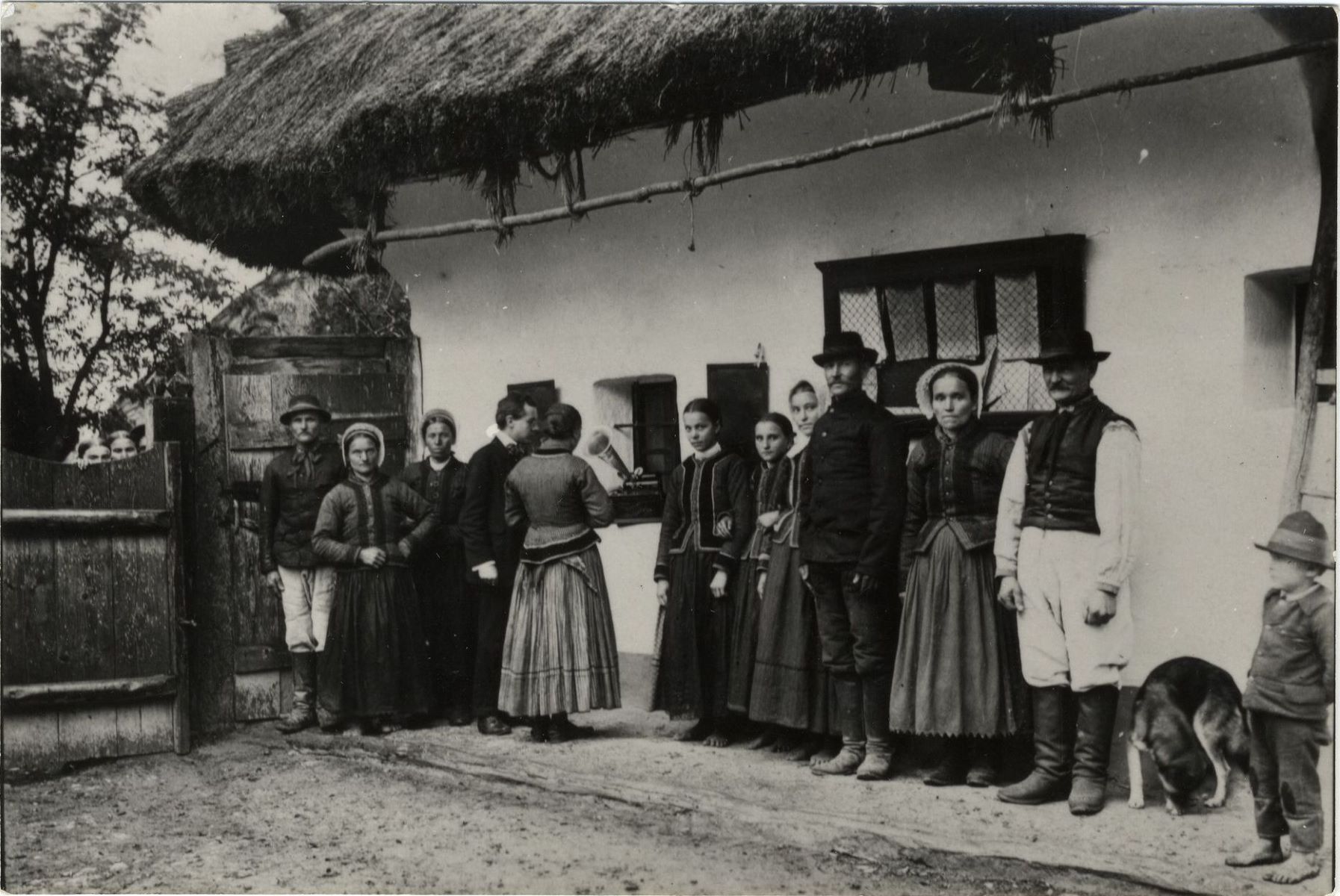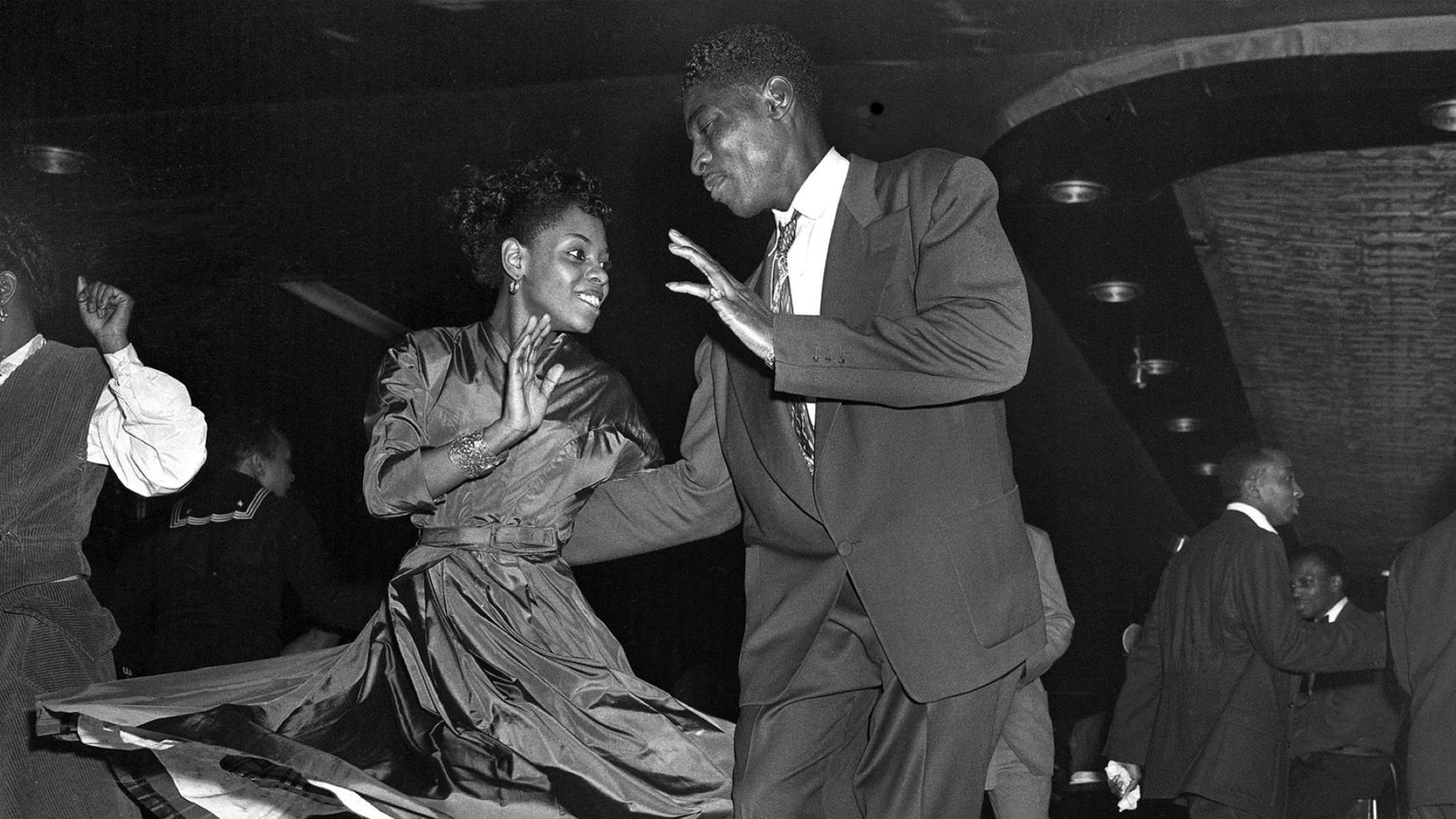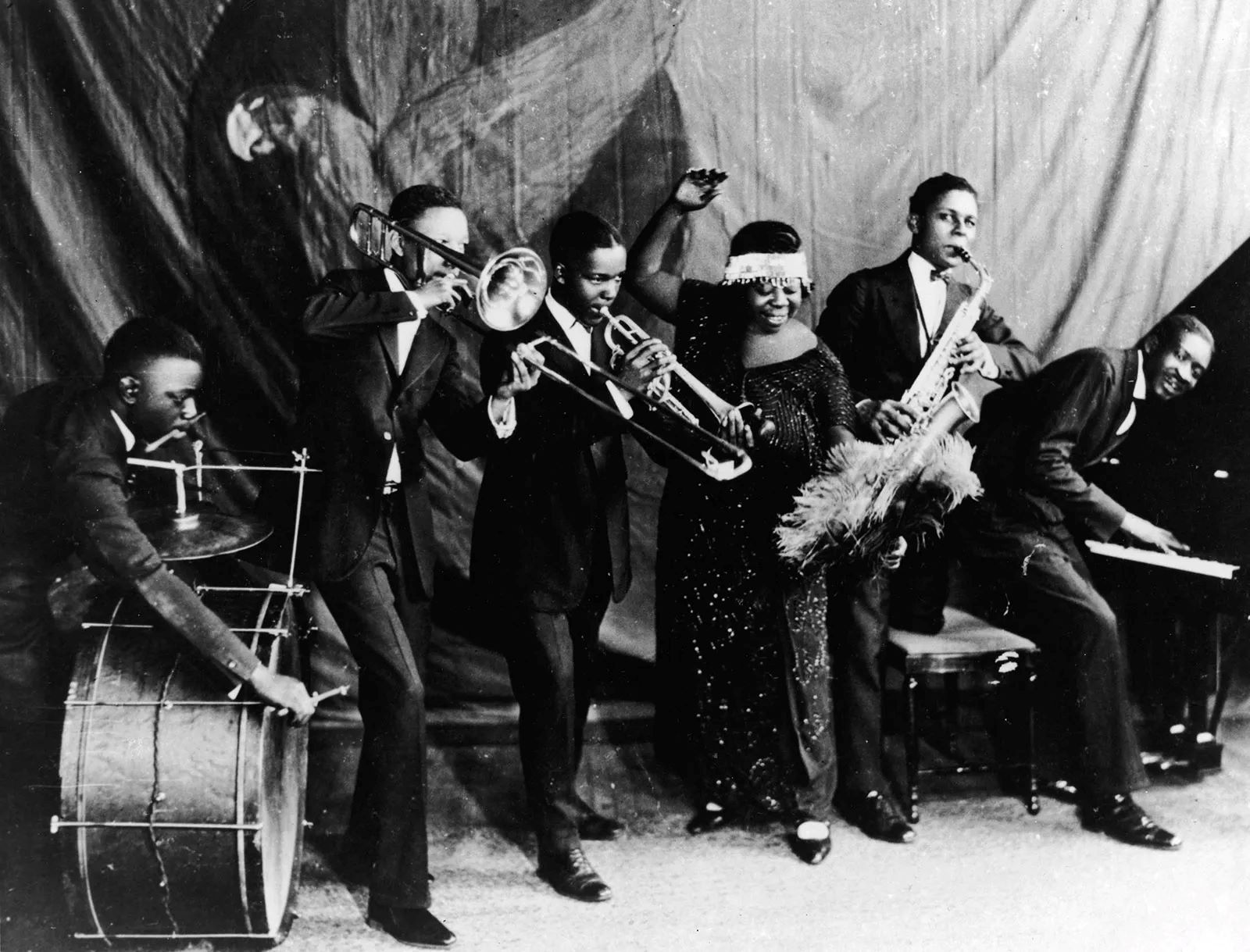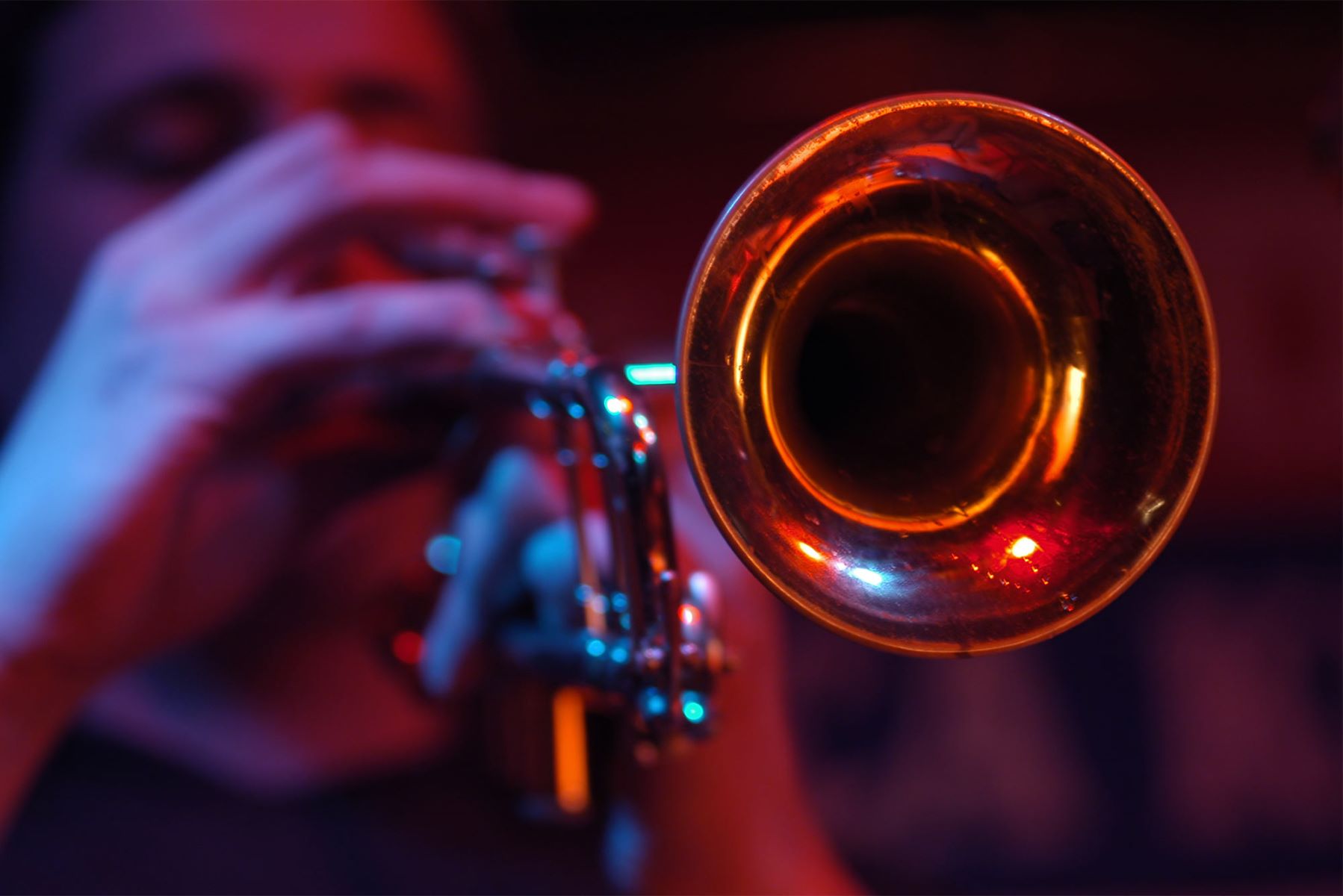Home>Production & Technology>Orchestra>When Did The Modern Orchestra Develop?


Orchestra
When Did The Modern Orchestra Develop?
Published: February 24, 2024
Discover the history of the modern orchestra and its development over the centuries. Learn about the evolution of orchestral music and its impact on classical compositions.
(Many of the links in this article redirect to a specific reviewed product. Your purchase of these products through affiliate links helps to generate commission for AudioLover.com, at no extra cost. Learn more)
Table of Contents
Introduction
The modern orchestra is a marvel of musical artistry, combining a diverse array of instruments to create breathtaking symphonies and compositions that have captivated audiences for centuries. To truly appreciate the evolution of the orchestra, it is essential to delve into its rich history, tracing its development from the Baroque period to the present day.
The orchestra, as we know it today, has undergone a fascinating journey of transformation, influenced by the cultural, social, and artistic movements of each era. From the grandeur of the Baroque period to the innovation of the 20th century and beyond, the orchestra has continuously adapted and expanded, reflecting the dynamic nature of human expression through music.
In this comprehensive exploration, we will embark on a captivating odyssey through time, unraveling the intricate tapestry of the orchestra's evolution. Each epoch has left an indelible mark on the orchestra, shaping its composition, instrumentation, and significance in the realm of musical performance and composition.
Join us as we traverse through the Baroque, Classical, and Romantic periods, witnessing the emergence of iconic composers and the evolution of orchestral instrumentation. We will then journey into the 20th century, a period marked by experimentation, innovation, and the fusion of diverse musical influences, culminating in the modern orchestra's vibrant and dynamic landscape.
Prepare to be enthralled by the stories of musical pioneers, the symphonic masterpieces that defined their eras, and the enduring legacy of the orchestra as a timeless embodiment of human creativity and expression. Let us embark on this exhilarating expedition through time, unraveling the captivating saga of the modern orchestra's development.
The Baroque Period
The Baroque period, spanning from the early 17th to the mid-18th century, heralded a transformative era in the evolution of the orchestra. This epoch was characterized by a flourishing of artistic expression, marked by ornate embellishments, dramatic contrasts, and a profound emphasis on emotional intensity. The emergence of the modern orchestra can be traced back to this period, where pivotal developments in instrumentation, composition, and performance practices laid the foundation for future musical innovation.
One of the defining features of the Baroque orchestra was its instrumental diversity, encompassing a rich tapestry of string, wind, and percussion instruments. The string section formed the cornerstone of the ensemble, with the violin assuming a prominent role as the principal instrument. Complemented by the viola, cello, and double bass, the string section provided the harmonic and melodic framework for Baroque compositions, imbuing them with depth and resonance.
In addition to the string section, the Baroque orchestra featured a burgeoning array of wind instruments, including the flute, oboe, bassoon, and trumpet. These instruments contributed to the orchestral palette, enriching compositions with their distinctive timbres and expressive capabilities. Furthermore, the inclusion of keyboard instruments such as the harpsichord and organ added a harmonic richness and textural complexity to Baroque orchestral works, enhancing their sonic tapestries with intricate counterpoint and harmonic ornamentation.
The Baroque period also witnessed the emergence of renowned composers who made indelible contributions to orchestral music. Pioneering figures such as Johann Sebastian Bach, George Frideric Handel, and Antonio Vivaldi epitomized the Baroque spirit through their innovative compositions, which showcased the expressive potential of the orchestra. Bach's masterful orchestral suites, Handel's majestic oratorios, and Vivaldi's vibrant concertos exemplified the virtuosity and emotive power of Baroque orchestral music, leaving an enduring legacy that continues to inspire and enthrall audiences to this day.
Moreover, the performance practices of the Baroque orchestra reflected the era's penchant for improvisation and embellishment, allowing musicians to imbue compositions with their individual artistry and interpretation. This improvisatory ethos permeated Baroque orchestral performances, infusing them with spontaneity and vitality, while showcasing the musicians' technical prowess and expressive freedom.
As the Baroque period drew to a close, its profound influence on the evolution of the orchestra became unmistakably evident, laying the groundwork for future innovations and artistic developments. The legacy of the Baroque era endures within the modern orchestra, serving as a testament to the enduring impact of this transformative period on the realm of orchestral music.
The Baroque period stands as a testament to the enduring impact of this transformative period on the realm of orchestral music, serving as a testament to the enduring impact of this transformative period on the realm of orchestral music.
The Classical Period
The Classical period, spanning roughly from the mid-18th century to the early 19th century, heralded a monumental shift in the evolution of the orchestra. This era, characterized by clarity, balance, and elegant formal structures, witnessed the refinement and expansion of orchestral instrumentation, paving the way for the emergence of symphonic masterpieces that have endured through the ages.
One of the defining features of the Classical orchestra was its evolution towards a standardized instrumentation, reflecting a desire for greater precision and uniformity in ensemble performance. The string section remained central to the orchestra, with the emergence of the modern symphonic string quartet comprising two violins, a viola, and a cello. This configuration became the quintessential foundation of Classical orchestral compositions, providing a versatile and expressive platform for melodic and harmonic development.
In addition to the string section, the Classical orchestra witnessed the expansion and refinement of the wind and brass sections. The woodwind ensemble grew to include the flute, oboe, clarinet, and bassoon, each contributing distinct tonal colors and expressive capabilities to orchestral works. Meanwhile, the brass section expanded to incorporate the iconic sound of the French horn, trumpet, and trombone, adding grandeur and brilliance to symphonic compositions.
Furthermore, the Classical period saw the crystallization of the symphony as a predominant orchestral form, with composers such as Wolfgang Amadeus Mozart, Joseph Haydn, and Ludwig van Beethoven crafting symphonic works of unparalleled beauty and innovation. These luminaries expanded the scope and ambition of orchestral compositions, infusing them with thematic development, dynamic contrasts, and structural coherence, thereby elevating the symphony to the pinnacle of orchestral expression.
The emergence of the Classical orchestra also brought about a refinement in performance practices, with a greater emphasis on precision, clarity, and ensemble cohesion. Orchestral performances became more formalized, with conductors assuming a central role in guiding and unifying the ensemble, ensuring a seamless and cohesive rendition of complex symphonic works.
The Classical period's profound impact on the evolution of the orchestra reverberates through the annals of musical history, shaping the trajectory of orchestral composition and performance for centuries to come. Its legacy endures within the modern orchestra, serving as a testament to the enduring influence of this transformative era on the realm of orchestral music.
The Classical period stands as a testament to the enduring impact of this transformative era on the realm of orchestral music, serving as a testament to the enduring impact of this transformative period on the realm of orchestral music.
The Romantic Period
The Romantic period, spanning the 19th century, marked a profound and tumultuous chapter in the evolution of the orchestra. This era was characterized by a fervent spirit of individualism, emotional intensity, and a profound yearning for artistic expression, driving composers to push the boundaries of orchestral music to unprecedented heights.
One of the defining hallmarks of the Romantic orchestra was its unprecedented expansion and diversification of instrumentation, reflecting the composers' insatiable quest for sonic richness and emotional depth. The string section, comprising violins, violas, cellos, and double basses, retained its foundational role, providing a lush and expressive harmonic backdrop for the symphonic canvas. However, the Romantic period witnessed a heightened emphasis on the string section's expressive potential, with composers employing rich, lyrical melodies and evocative harmonies to evoke profound emotional landscapes.
Moreover, the woodwind and brass sections underwent significant expansion, incorporating an array of new instruments to enhance the orchestra's tonal palette. The addition of the piccolo, English horn, bass clarinet, and contrabassoon in the woodwind section, alongside the inclusion of the tuba and Wagner tuba in the brass section, imbued orchestral compositions with a heightened sense of grandeur, sonority, and emotional resonance.
The Romantic period also witnessed the emergence of groundbreaking symphonic works that showcased the orchestra's newfound expressive potential. Composers such as Ludwig van Beethoven, Pyotr Ilyich Tchaikovsky, Johannes Brahms, and Gustav Mahler crafted symphonies of monumental scale and emotional depth, imbuing them with sweeping melodies, dramatic contrasts, and evocative orchestration. These symphonic masterpieces served as a testament to the orchestra's capacity for profound emotional expression, captivating audiences with their transcendent beauty and impassioned fervor.
Furthermore, the performance practices of the Romantic orchestra reflected the era's penchant for impassioned, emotive expression, with conductors and musicians embracing a heightened sense of individual interpretation and virtuosity. Orchestral performances became grand spectacles, captivating audiences with their emotional intensity, technical virtuosity, and the sheer sonic power of the expanded orchestra.
The Romantic period's enduring impact on the evolution of the orchestra reverberates through the annals of musical history, leaving an indelible imprint on the realm of orchestral music. Its legacy endures within the modern orchestra, serving as a testament to the enduring influence of this transformative era on the orchestral landscape.
The Romantic period stands as a testament to the enduring impact of this transformative era on the realm of orchestral music, serving as a testament to the enduring impact of this transformative period on the realm of orchestral music.
The 20th Century and Beyond
The 20th century heralded a seismic shift in the trajectory of orchestral music, marked by unprecedented experimentation, innovation, and the convergence of diverse musical influences. This era witnessed the emergence of avant-garde compositional techniques, the fusion of traditional and non-western musical elements, and a profound reimagining of the orchestra's sonic potential. Composers, propelled by a spirit of exploration and boundary-pushing creativity, sought to redefine the orchestral landscape, ushering in a new era of sonic diversity and expressive freedom.
One of the defining characteristics of the 20th-century orchestra was its expanded and eclectic instrumentation, reflecting a kaleidoscopic array of sonic possibilities. Composers embraced unconventional instruments and electronic sound manipulation, transcending traditional orchestral boundaries to create immersive sonic tapestries. The integration of percussion instruments from various cultural traditions, electronic synthesizers, and experimental sound-producing devices redefined the orchestra's timbral palette, infusing compositions with a sense of otherworldly sonority and textural complexity.
Moreover, the 20th century witnessed the emergence of groundbreaking orchestral works that defied conventional norms and embraced radical forms of expression. Composers such as Igor Stravinsky, Arnold Schoenberg, and Béla Bartók shattered traditional harmonic and rhythmic conventions, ushering in a new era of dissonance, polytonality, and rhythmic complexity. These avant-garde compositions challenged audiences and musicians alike, pushing the boundaries of what was deemed possible within the orchestral realm and expanding the expressive potential of the ensemble.
Furthermore, the 20th-century orchestra became a vibrant platform for cross-cultural dialogue and musical synthesis, as composers integrated non-western musical idioms and folk traditions into their orchestral works. This fusion of diverse musical influences enriched the orchestra's repertoire, infusing it with a global tapestry of sounds, rhythms, and melodic motifs, thereby broadening the scope of orchestral expression and inviting audiences into a rich, multicultural sonic landscape.
The performance practices of the 20th-century orchestra reflected the era's spirit of innovation and experimentation, with conductors and musicians embracing a newfound sense of interpretative freedom and technical virtuosity. Orchestral performances became immersive experiences, captivating audiences with their sonic daring, emotional depth, and the sheer audacity of the expanded orchestra.
The 20th century's profound impact on the evolution of the orchestra reverberates through the annals of musical history, leaving an indelible imprint on the realm of orchestral music. Its legacy endures within the modern orchestra, serving as a testament to the enduring influence of this transformative era on the orchestral landscape.
Conclusion
The evolution of the modern orchestra stands as a testament to the enduring spirit of human creativity, innovation, and expressive freedom. From its nascent origins in the Baroque period to its kaleidoscopic diversity in the 20th century and beyond, the orchestra has continuously adapted and expanded, reflecting the dynamic interplay of cultural, artistic, and technological advancements.
Each epoch in the orchestra's evolution has left an indelible mark on its composition, instrumentation, and significance in the realm of musical performance and composition. The Baroque period laid the foundational groundwork for the orchestra, showcasing the expressive potential of diverse instruments and the improvisatory ethos that infused performances with vitality and spontaneity. The Classical period refined and standardized the orchestra's instrumentation, giving rise to the symphony as a pinnacle of orchestral expression, while the Romantic period witnessed an unprecedented expansion of the orchestra's sonic palette, imbuing compositions with emotional intensity and grandeur.
The 20th century ushered in a new era of experimentation and innovation, redefining the orchestra's sonic boundaries and embracing a global tapestry of musical influences. Composers shattered traditional norms, integrating electronic and non-western instruments, and pushing the orchestra into uncharted sonic territories, while conductors and musicians embraced interpretative freedom and technical virtuosity, captivating audiences with immersive and daring performances.
As we gaze upon the modern orchestra, we behold a vibrant tapestry of human ingenuity, cultural diversity, and artistic expression. It serves as a living testament to the enduring legacy of centuries of musical innovation, capturing the essence of human emotion, aspiration, and imagination. The orchestra transcends time and space, resonating with audiences across generations, cultures, and continents, serving as a testament to the enduring power of music to unite, inspire, and uplift the human spirit.
In conclusion, the modern orchestra stands as a beacon of artistic achievement, a testament to the boundless creativity and expressive potential of the human endeavor. Its evolution epitomizes the ceaseless pursuit of sonic beauty, emotional depth, and cultural resonance, ensuring that the orchestra remains an enduring symbol of human creativity and unity, transcending the boundaries of time and enriching the tapestry of human experience.

